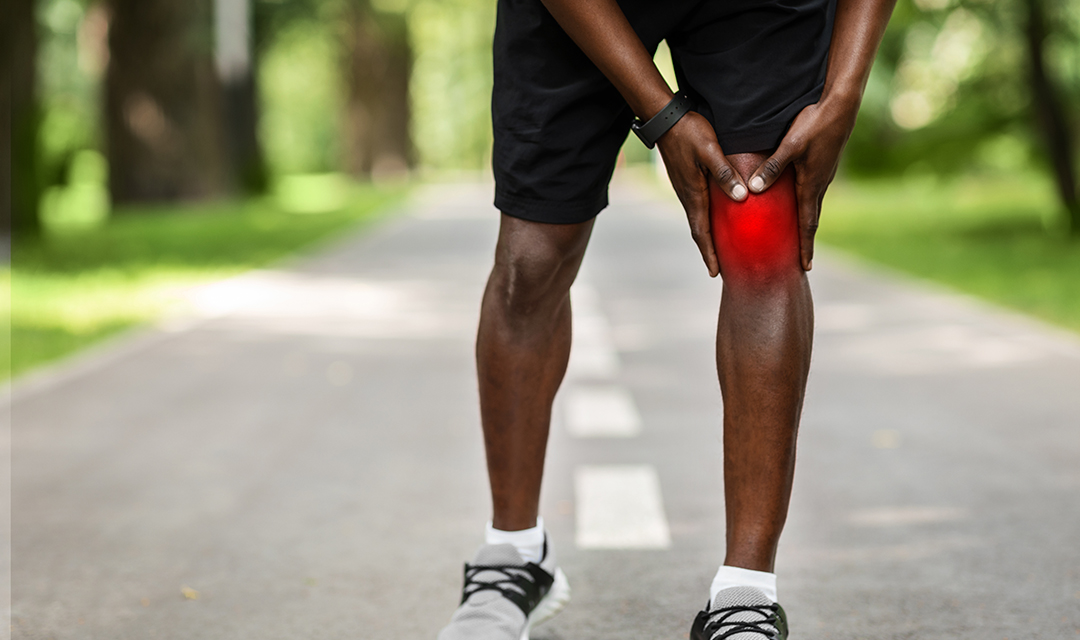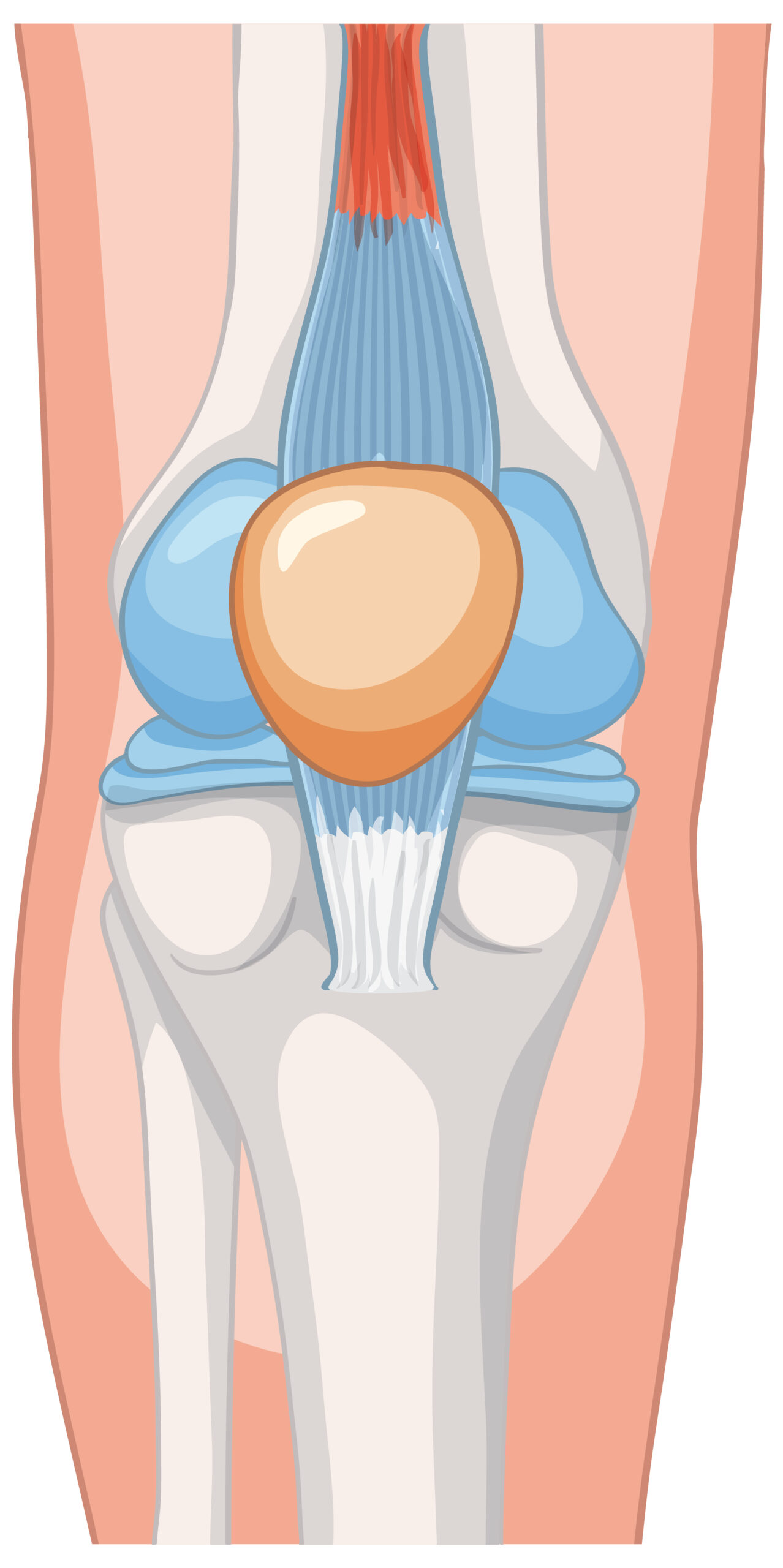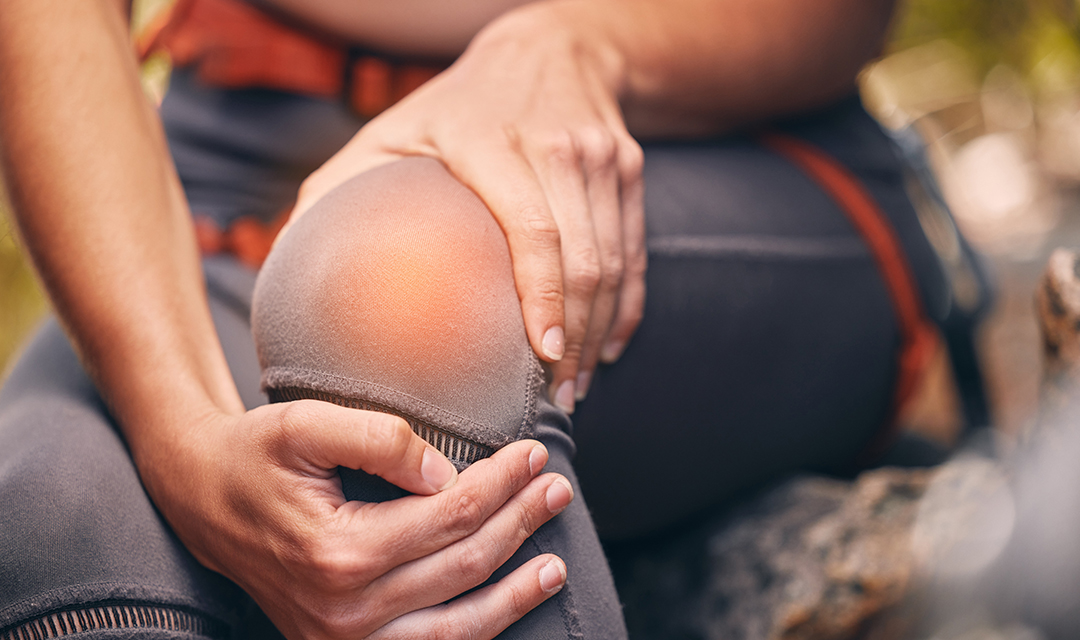Insight Orthopedics & Sports Medicine – One of the most important and complex joints in your body is the knee. It is responsible for supporting weight, providing stability, and allowing us to move. Because the knee is in constant use, it experiences a lot of wear and tear. In fact, the knee is one of the most injury-prone joints. An estimated 6 million knee injuries occur in the United States each year, impacting everyone from athletes to teens and seniors. At Insight Orthopedics & Sports Medicine, we specialize in treating a wide range of knee injuries, helping patients regain strength, mobility, and improve their quality of life. The following are five of the most common knee injuries you are likely to experience, including their causes, symptoms, and treatment options.
Anterior Cruciate Ligament (ACL) Tears
Anterior Cruciate Ligament (ACL) tears are the most common knee injury in the U.S. According to University of Michigan Health, more than 400,000 ACL injuries are diagnosed each year, primarily in athletes and active people. The ACL is one of the primary ligaments that support the knee. A tear typically occurs after a sudden stop or change of direction, common in sports such as basketball, track and field, and skiing.

Symptoms of an ACL tear include a popping sound/sensation when the injury occurs, followed by severe pain, swelling, and instability or buckling of the knee. If you suspect an ACL tear has occurred, seek immediate medical attention and practice RICE (rest, ice, compression, elevation). Minor ACL tears may be treated with rest and physical therapy to restore strength and range of motion. Partial and complete tears will likely require surgery, especially in young, active people.
Meniscus Tears
A meniscus tear is another common knee injury in athletes that occurs after a sudden twisting motion. It can also occur in people with degenerative knee conditions or after lifting a heavy object. After a meniscus tear, you will experience pain and swelling, followed by stiffness or difficulty straightening the knee. You may also notice a catching or clicking sensation when moving the knee.

If you believe you have experienced a meniscus tear, you should seek medical attention as soon as possible and practice RICE (rest, ice, compression, elevation). Most meniscus tears can be treated with rest, pain medications, and physical therapy to allow the tear to heal. However, severe meniscus tears may require surgery if conservative treatments are not successful.

Patellar Tendonitis
Commonly known as jumper’s knee, patellar tendonitis occurs when the tendon connecting the kneecap to the shinbone becomes inflamed due to overuse. This is another injury experienced mostly by athletes who engage in activities that require repetitive jumping or running. If you experience jumper’s knee, you will feel pain or tenderness in the area below the kneecap, as well as swelling. The knee will feel stiff and it will be difficult to jump or run.
You should see a physician as soon as possible if you believe you have experienced jumper’s knee. Most injuries can be treated with rest, physical therapy, and activity modifications to allow for healing. Bracing or taping may also be recommended to minimize strain on the knee.
Knee Fractures
Knee fractures occur when the kneecap (patella) breaks due to a high-impact trauma, such as a fall or automobile accident. Knee fractures are very painful and it will be difficult to stand or bear weight on the leg. Swelling and bruising of the knee are common and there may be noticeable deformity in severe cases.

A knee fracture requires immediate medical attention. In order to heal, the knee will be immobilized with a brace or cast and physical therapy will be recommended for rehabilitation. In severe cases where misalignment has occurred, surgery may be required.
Kneecap Dislocation
A dislocated kneecap occurs when the kneecap (patella) slides out of place after a sudden impact or twisting motion. This injury is more common in young athletes or those with hypermobile joints, which move beyond the normal range of motion. Intense pain, noticeable deformity of the knee, and swelling are all likely following a kneecap dislocation. It will also be difficult to move the knee and it will feel like the kneecap is out of place.
In order to treat a kneecap dislocation, a medical professional will manually realign the kneecap. A brace will then be used to immobilize the knee to allow for healing. Physical therapy will also be recommended to strengthen the surrounding muscles and prevent further dislocations.

Knee injuries can happen to anyone, but are most common in athletes and people who are active. If you experience any injury or have persistent pain, swelling, or difficulty standing or walking, do not wait to seek professional care. An orthopedic specialist will be able to provide an accurate diagnosis and treatment plan so you receive the best possible outcome and a faster return to normal activity. Whether you have mild symptoms or require surgical intervention, the specialists at Insight Orthopedics and Sports Medicine are here to help you get back to doing what you love. Contact us today to learn more about our services and schedule an appointment at one of our convenient locations in Flint, Warren, Dearborn, and Canton.
Frequently Asked Questions
Q: Is there anything I can do to prevent knee injuries?
A: Although some knee injuries are unavoidable, there are a few things you can do to minimize the risk. Before any physical activities, it is always important to warm up and stretch. Wearing the correct footwear for your athletic activities will ensure you are receiving the best support. You should also always practice the correct techniques for your physical activities and avoid overuse by taking regular breaks.
Q: How do I know if my knee injury is serious enough to see a doctor?
A: Not all knee pain requires medical attention. However, if you experience severe pain or a popping sensation, inability to bear weight on the knee, instability, deformity, and persistent swelling, you should see a physician as soon as possible.
Q: How long should I avoid physical activity after a knee injury?
A: This depends on the type of injury you have experienced. One to two weeks of rest are generally recommended for minor knee injuries like sprains or strains. For moderate injuries like partial ligament or meniscus tears, four to six weeks of rest is likely. Severe injuries that require surgery can range from three months to one year, depending on your recovery progress.

